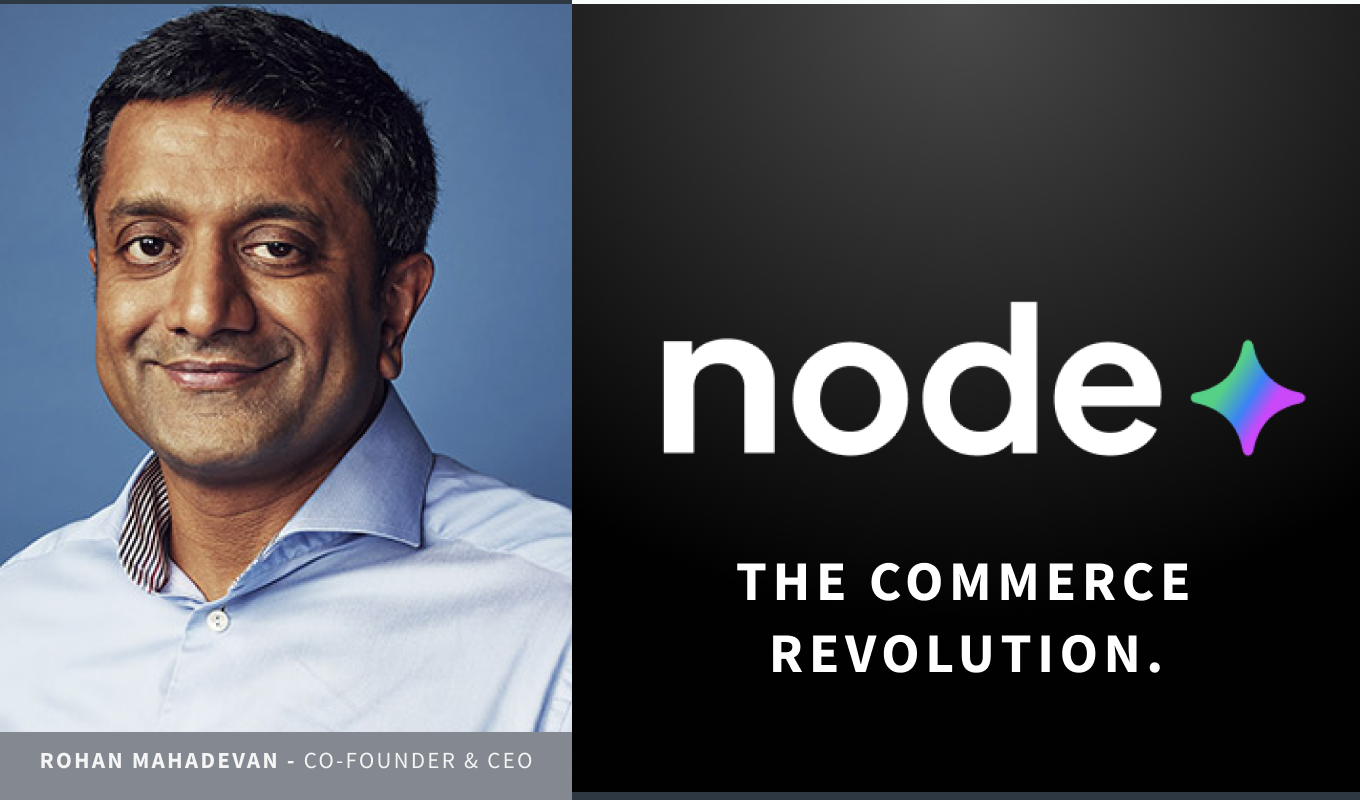Commerce 3.0: The Next Wave of Transformative Commerce
Node CEO Rohan Mahadevan explains how Commerce 3.0 replaces passwords, spam, and guest logins with a consumer-centric model powered by AI, device ubiquity, and cryptography—making every device a secure commerce assistant.

GUEST AUTHOR: Rohan Mahadevan, Co-founder & CEO of Node
More than 70% of online shopping carts are abandoned today. That inefficiency represents constant frustration for consumers and billions in lost sales for merchants. More than $300B in the U.S. each year happens through “guest” checkout—raising CAC instead of lowering it.
The core issue is online friction: too many logins, too much spam, and too little trust. Think about it—when was the last time you willingly created a new account at checkout or opted in to marketing emails?
Commerce today still runs on infrastructure built 30 years ago.
Since then, commerce has evolved in waves:
- Commerce 1.0 gave us direct access to merchants online. Any brand could set up a storefront, any consumer could buy from anywhere. It was transformative—but fragmented and hard to manage.
- Commerce 2.0 brought platforms, marketplaces, mobile apps, and social channels. Scale and convenience exploded: discovery was easier, payments smoother, logistics global. But problems grew too: overflowing emails, endless passwords, phishing, and fraud. Merchants faced data storage challenges and rising privacy regulations.
- Commerce 3.0 eliminates these problems. Today, consumers don’t share computers; they carry a global shopping mall in their pocket. Just like tapping a phone at checkout, Commerce 3.0 enables the instant exchange of relevant, trusted, personalized information.
Why Now
As consumers drown in passwords, spam, and phishing scams—and merchants face rising acquisition costs and shrinking margins—AI and device power make it possible to handle locally what once required massive infrastructure.
Three technology shifts make this possible:
- Device ubiquity: Everyone has personal devices.
- Device power: Storage, processing, and security are effectively infinite.
- Cryptography: Decentralized trust enables serverless commerce.
Together, these shifts allow the consumer to become the server—aggregating information no single merchant owns, but accessible with permission to deliver personalized, instant experiences.
It’s Criminal Not to Use Commerce 3.0
Commerce 3.0 starts with a single consumer app that only stays on the consumer’s device—no sign-ups, usernames, passwords, or cloud and server storage. Put simply - a Personal Commerce Assistant.
- Your device becomes your aggregation and control point for anything you do in commerce: offers, receipts, loyalty data—all in one place.
- Instead of exposing personal email, you transact with a secure token that works across merchants—eliminating phishing, spam, and more.
- One-tap repeat purchases: Since your device has everything on it, every re-order is an instant tap - like tapping your phone at a coffee shop.
- Merchant bridge: Brands can connect with their customers - always on, and instantly. The technical deployment takes under two minutes.
What It Looks Like
Imagine Sarah sees an offer from her favorite skincare brand. She taps once to purchase, with the receipt stored on her phone. Next month, she reorders in one tap—no passwords, no friction, no spam.
For Consumers:
- Enables a Token (backward compatible with email protocols) to be used anytime an email is required.
- Allows access to hidden receipts, latest offers, and subscriptions - no more clutter
- Allows opt-in to offers and benefits while eliminating spam and phishing.
- Keeps personal email for communication, not commerce.
For Merchants:
- Convert guests to repeat customers without forced sign-ups.
- Treats paying customers like valuable members.
- Higher opt-in and account creation rates.
- Cookie-less loyalty that strengthens relationships.
For the Ecosystem:
- Serverless, edge-based AI with no infrastructure costs.
- GDPR/CCPA compliance, privacy by design.
- Built-in trust and risk management.
Why It Matters
Commerce 3.0 isn’t just a smoother checkout. It’s a new way to do commerce. A new architecture: consumer-centric, serverless, and intelligent. Just as cloud computing powered Commerce 2.0, edge computing and cryptography power Commerce 3.0.
The future of commerce won’t be defined by who has the biggest storefront or ad budget—it will be defined by who empowers the consumer in a serverless world.
Commerce 3.0 is that future—and it’s here.

